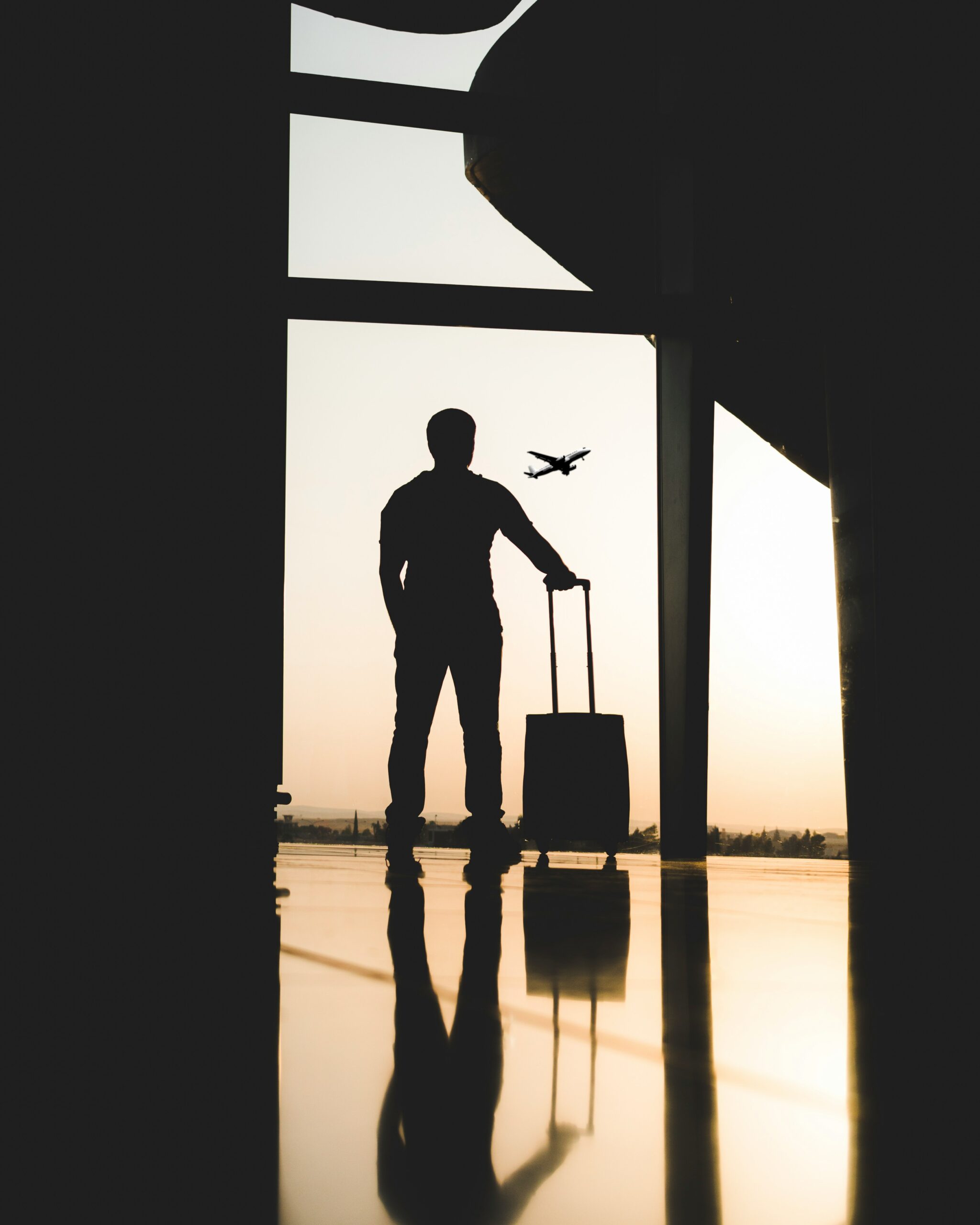Packing for a two-week trip in a single cabin bag can seem daunting. Choosing a cabin bag of 55x40x20cm size provides enough space to fit everything while complying with most airline size regulations. Start by selecting versatile clothing pieces that can be mixed and matched, and utilize packing cubes to organize and save space.
When packing, it’s crucial to adhere to some key strategies to maximize space and efficiency. Roll your clothes instead of folding them, and make use of every crevice in your bag, including filling smaller items into your shoes.
Efficient packing isn’t just about what to pack but also about planning. Checking the weather and itinerary in advance ensures you only bring essentials. By following these tips, you can effortlessly pack light for a two-week adventure with just a cabin suitcase.
Key Takeaways
- Select a cabin bag of 55x40x20cm size.
- Roll clothes and use packing cubes.
- Limit shoes and bring travel-sized toiletries.
Selecting Your Cabin Bag
Choosing the right cabin bag is crucial for seamless travel. Focus on understanding airline restrictions, picking the right type of luggage, and identifying essential features.
Understanding Airline Restrictions and Standards
Understanding airline restrictions and standards is essential. Airlines have specific size and weight limits for carry-on luggage. Typically, the dimensions should not exceed 22 x 14 x 9 inches, including handles and wheels.
Weight restrictions vary, with some airlines allowing up to 15 pounds, while others permit more. It’s crucial to check the airline’s website for detailed information. Overhead bins may have limited space, so ensure the bag fits easily.
Personal items like handbags or small backpacks should fit under the seat. These are in addition to the main carry-on, so choose wisely to maximize space and convenience.
Choosing the Right Type of Carry-On Luggage
Choosing the right type of carry-on luggage depends on your travel needs. A standard carry-on suitcase, especially spinners, offers easy maneuverability. They come with four multi-directional wheels, making them ideal for navigating crowded airports.
Backpacks are versatile, especially for those who prefer hands-free travel. They distribute weight evenly and fit easily in overhead bins. Brands like Osprey offer durable and comfortable options.
Shoulder bags, messenger bags, and crossbody bags are smaller alternatives. These work well for lighter packing or as personal items. Ensure they have enough compartments to stay organized.
Consider whether you prefer hard-shell or soft-shell options. Hard-shell bags protect fragile items but can be less flexible. Soft-shell bags often have expandable sections, making them a good choice for additional packing space.
Features of the Best Carry-On Luggage
The best carry-on luggage includes several essential features. Look for durable materials that withstand wear and tear. Sturdy zippers and reinforced corners are a plus.
Compartments and pockets help keep items organized. Consider bags with built-in USB ports for charging devices on the go.
A comfortable handle and smooth wheels are non-negotiable. Spinner wheels provide excellent maneuverability, allowing easy navigation through airports. Osprey backpacks often come with ergonomic designs and padded straps for comfort during long carries.
Security features like TSA-approved locks are important. These provide peace of mind, ensuring your belongings are safe yet accessible for security checks.
By focusing on these aspects, you can ensure your carry-on is both practical and compliant with airline standards, making your travel experience smoother and more enjoyable.
Packing Essentials and Techniques
Preparing for a two-week trip with just a cabin bag can be challenging, but with the right strategies, it is entirely manageable. This section covers essential tips and techniques to maximize space, maintain organization, and ensure comfort and style.
Creating a Capsule Wardrobe for Versatility
A capsule wardrobe is crucial. Focus on versatile, mix-and-match items in neutral colors like black, white, and grey, unless this is a summer holiday and then you can create a summer capsule wardrobe with a few brighter colours.
Choose fabrics like wool and silk, which are lightweight and wrinkle-resistant. Packing layers is key; think about one or two base layers, a few middle layers like shirts, and a couple of outer layers. Limit shoes to two to three pairs – functional and stylish. This kind of wardrobe will yield multiple outfits.
Using Packing Cubes and Compression Techniques
Packing cubes and compression packing cubes are essential tools for maximizing space and organizing clothing.
Use packing cubes to categorize items such as clothes, shoes, and toiletries. For bulkier items, compression packing cubes can significantly reduce space. Rolling clothes tightly before placing them in packing cubes also helps minimize wrinkles. Zippered compartments inside cubes can store smaller items like socks and underwear.

Organizing Electronics and Preventing Lost Items
When it comes to electronics, only take what’s necessary. Use a single, zippered compartment for all cords, chargers, and small devices.
For larger items like laptops or tablets, ensure they are easily accessible for security checks. Label cables to prevent tangling and confusion. Professional travelers recommend checking your bag’s pockets before every trip to ensure nothing is forgotten or lost.
Toiletries: Minimizing Liquids and Maximizing Space
Minimizing liquids in your toiletries bag can free up significant space and reduce hassle at security.
Opt for solid alternatives like bar soap, solid shampoo, and conditioner bars. Use small, reusable containers for any necessary liquids. Consider multi-use products, like a moisturizer with SPF. Storing these items in a clear, zippered bag helps keep things organized and accessible during travel.
Implementing these techniques will help you become an efficient packer, ultimately saving time and reducing stress.
Conclusion
Packing a cabin bag for a two-week trip requires careful planning and strategic use of space. Choosing the right bag, coordinating outfits, and limiting shoes can make packing efficient.
Utilizing every inch of the bag by filling gaps with smaller items like underwear and socks helps maximize space.
Following airline regulations and preparing for weather conditions ensures a smooth travel experience with minimal luggage woes.
